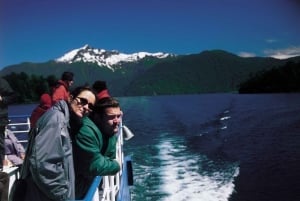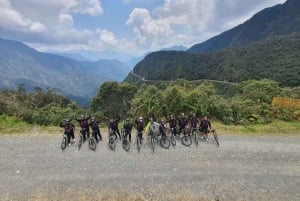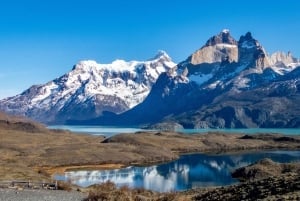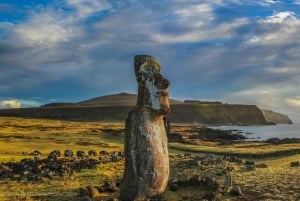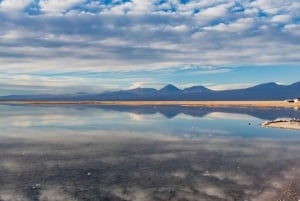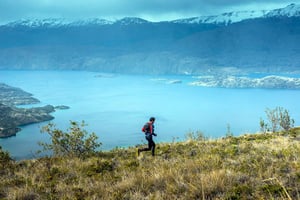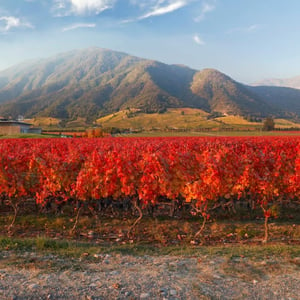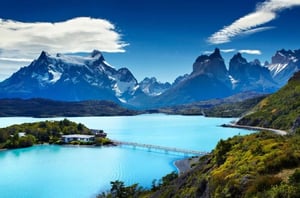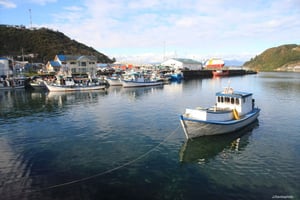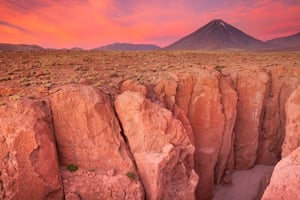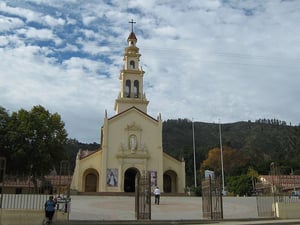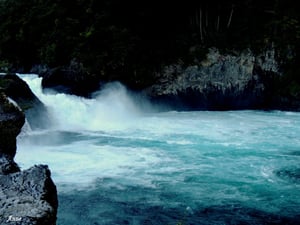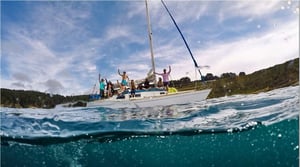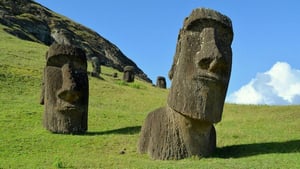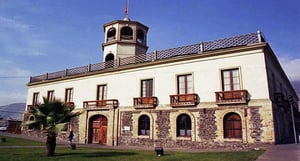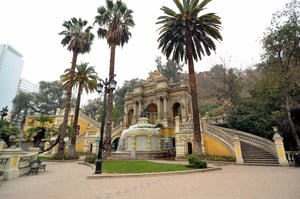
My Guide Website?
Desierto de Atacama
El desierto de Atacama de Chile, el desierto no polar más seco de la Tierra, se extiende a lo largo de una extensión de aproximadamente 1.000 kilómetros de tierra encajonada entre la Cordillera de la Costa y la Cordillera de los Andes. La región se enorgullece de sus impresionantes formaciones geológicas y ha proporcionado a los científicos una gran cantidad de oportunidades de investigación.
Viejo, caliente y seco
El Desierto de Atacama es el desierto más antiguo de la Tierra y ha experimentado condiciones semiáridas durante aproximadamente los últimos 150 millones de años, según un artículo de la edición de noviembre de 2018 de Nature. Los científicos estiman que el núcleo interno del desierto ha sido hiperárido durante aproximadamente 15 millones de años, gracias a una combinación de condiciones geológicas y atmosféricas únicas en la zona. Esta región del desierto interior, perfectamente reseca, se extiende a lo largo de unos 130.000 kilómetros cuadrados, según el científico del suelo Ronald Amundson de la Universidad de California, Berkeley.
El desierto se encuentra a la sombra de las montañas nevadas de los Andes, que bloquean las lluvias del este. Hacia el oeste, el afloramiento de agua fría desde las profundidades del Océano Pacífico promueve condiciones atmosféricas que dificultan la evaporación del agua de mar e impiden la formación de nubes y lluvia.
En otros desiertos del mundo, como el Sahara, el mercurio puede elevarse por encima de los 50 grados centígrados. Pero las temperaturas en Atacama son comparativamente suaves durante todo el año. La temperatura media en el desierto es de unos 18 grados C.
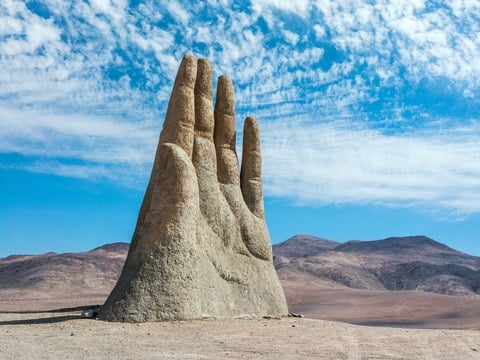
An analogue for other worlds
The outskirts of the Atacama are home to communities of organisms that have adapted to thrive in harsh conditions. The desert's hyperarid core, however, is largely devoid of plant and animal life, save for a few strains of microbial life. Scientists hope that studying the dry, dusty conditions of the Atacama will reveal secrets about the key to life in other parts of the universe, such as Mars.
'It's not the biology that makes scientists eager to study in the Atacama Desert — it's the lack of biology,' said Henry Sun, an astrobiologist at the Desert Research Institute in Las Vegas, Nevada. Researchers suspect that the microbes that inhabit the desert's hyperarid core — which slip into a sort of stasis during periods of aridity — could survive life on the Red Planet. 'It's a really interesting place to see how tenacious life is on Earth and what the climatic limits to life as we know it really are,' said Amundson. But even the most tenacious of life-forms can be disrupted.
On average, the driest part of the Atacama receives less than a millimeter of rain each year. In rare cases, torrents of rain do fall, and life responds. In 2017, wildflowers bloomed the aftermath of a dramatic downpour. Similar rainstorms were reported in March and August of 2015.
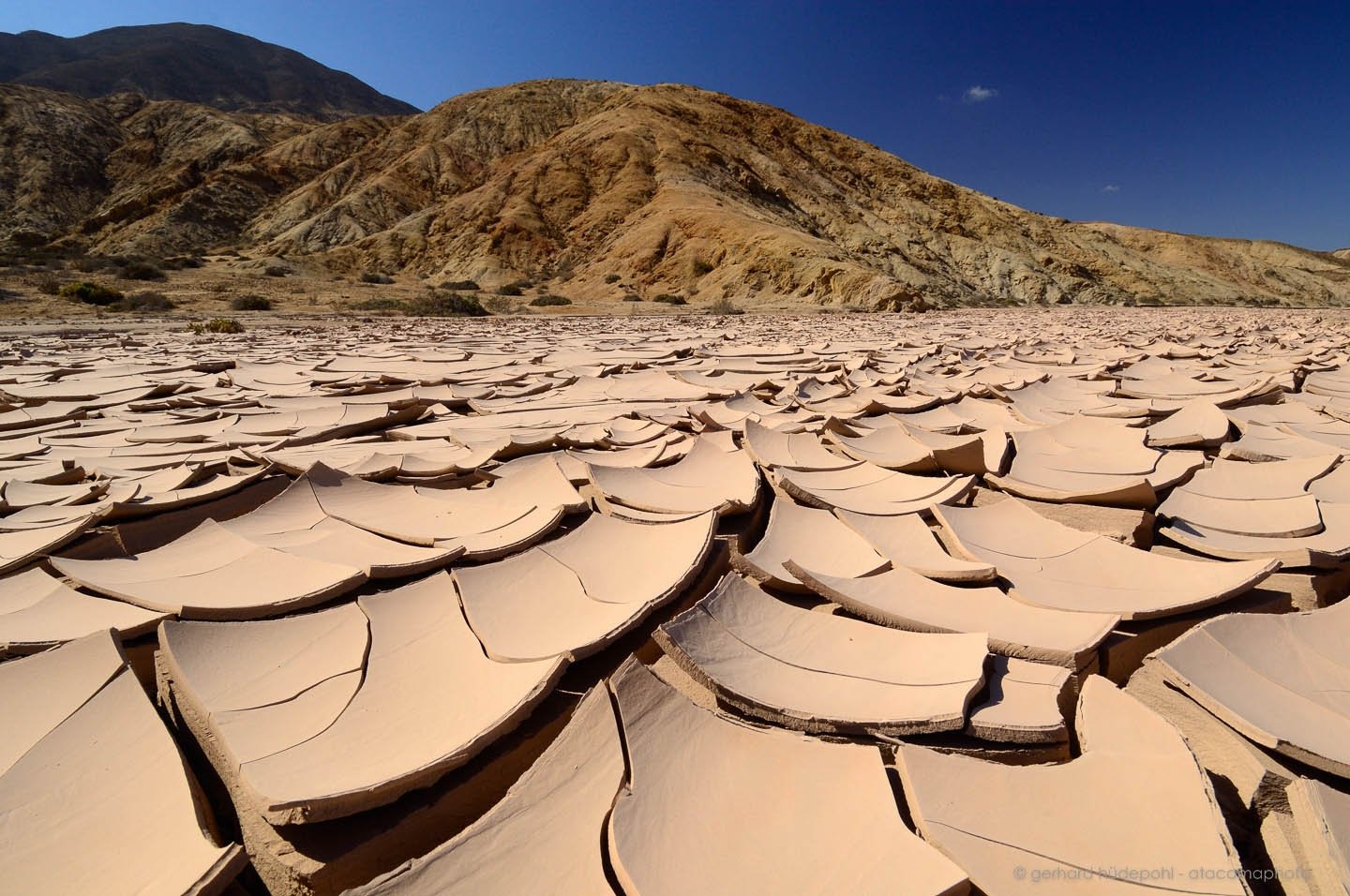
Although the rains awakened fields of wildflowers, the floods had devastating consequences for microbial life in the desert, which has adapted to survive without water. Many microbes in the desert's hyperarid core, for instance, burst after absorbing too much rainwater.
Scientists suspect that these catastrophic storms may become more frequent as the climate changes and atmospheric conditions in the Pacific Ocean fluctuate. 'Instead of making the desert drier, climate change could actually make it wetter,' said Amundson.
Geologic wonderland
Much of the Atacama Desert's core is caked in thick salt deposits called playas, which can stretch for miles and are nearly half a meter thick (1.6 feet) in some places. The desert is speckled with stones that have been carried across the playas by powerful wind gusts. Alluvial fans, which are large, fan-shaped sediment deposits, connect the desert plateau with the mountains that surround it and suggest that water once flowed from the Andes into the desert.
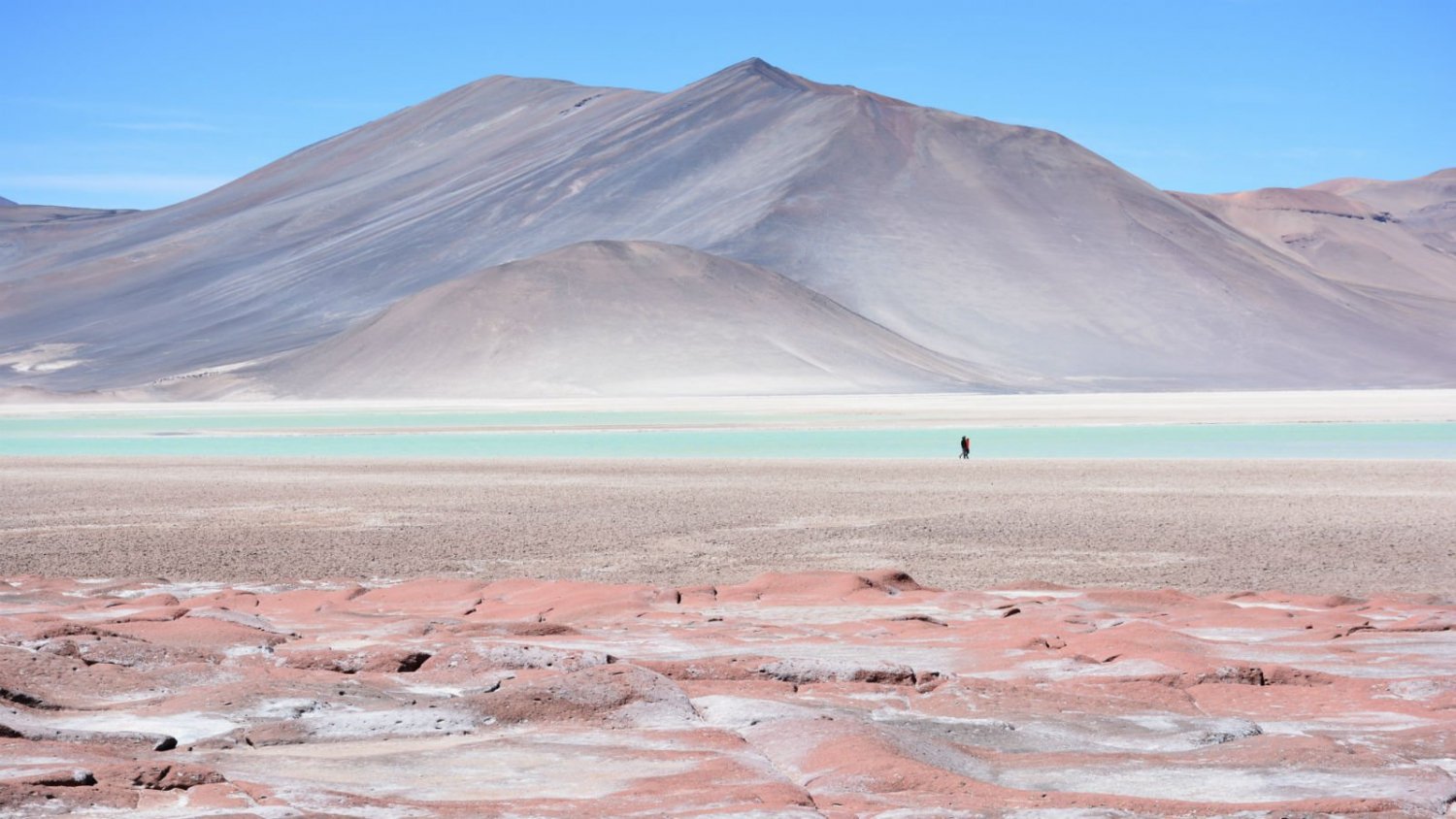
The Atacama also features a 435-mile-long (700 km) and 12-mile-wide (20 km) swath of desert known as the nitrate belt. Nitrate minerals can be found in everything from explosives to fertilizer and were mined extensively in the Atacama before the 1930s.
Traditionally scraped from the desert's crusty surface or mined from rocky veins, nitrates were initially thought to be carried to the desert by wind-swept sea spray. Recently, scientists discovered that one of the sources for the desert's 'white gold' might be ancient, evaporated groundwater.
Other materials, such as lithium, copper and iodine, have also been mined nearby; in some cases, the remnants of these mining operations can be seen from space.
A dazzling array of telescopes
At 16,570 feet (5,050 meters) in elevation, the Atacama Desert plateau may be the best place in the world to spot the solar system's secrets. To the delight of amateur astronomers, the desert sees as many as 330 cloud-free nights each year. High along the Atacama Desert plateau, an array of observatories track the celestial bodies in our solar system and beyond.
The Atacama Large Millimeter Array/submillimeter (ALMA) — a network of 66 telescopes run by an international collaboration of scientific organizations from Europe, North America, East Asia and the Republic of Chile — spies on faraway stars and the planets birthed around them.
The European Space Observatory's Very Large Telescope, helped spot the TRAPPIST-1 system of Earth-like planets, located a mere 40 light-years from Earth, and has gathered data on distant exoplanet atmospheres. This telescope, along with others, has uncovered some of the universe's most intriguing oddities and provided a wealth of data to researchers and astronomers worldwide.
Directions
Are you a business owner in Chile?
My Guide Chile, an informative and user-friendly online guide, was created for all those interested in the Chile region.
Used daily by travellers, tourists, residents and locals, powered by Local Experts, our site reaches the people who are your potential customers.
- WhatsApp Enquiries
- Integrate your chosen Booking platform
- Gallery with Videos & Virtual Tours
- Downloadable PDFs (Menus , Pricing lists..)
- Event Promotion Included
- Website Link
- Social Media links





